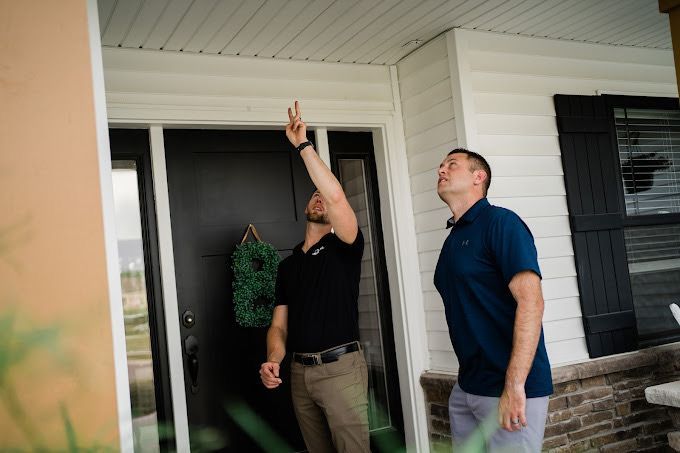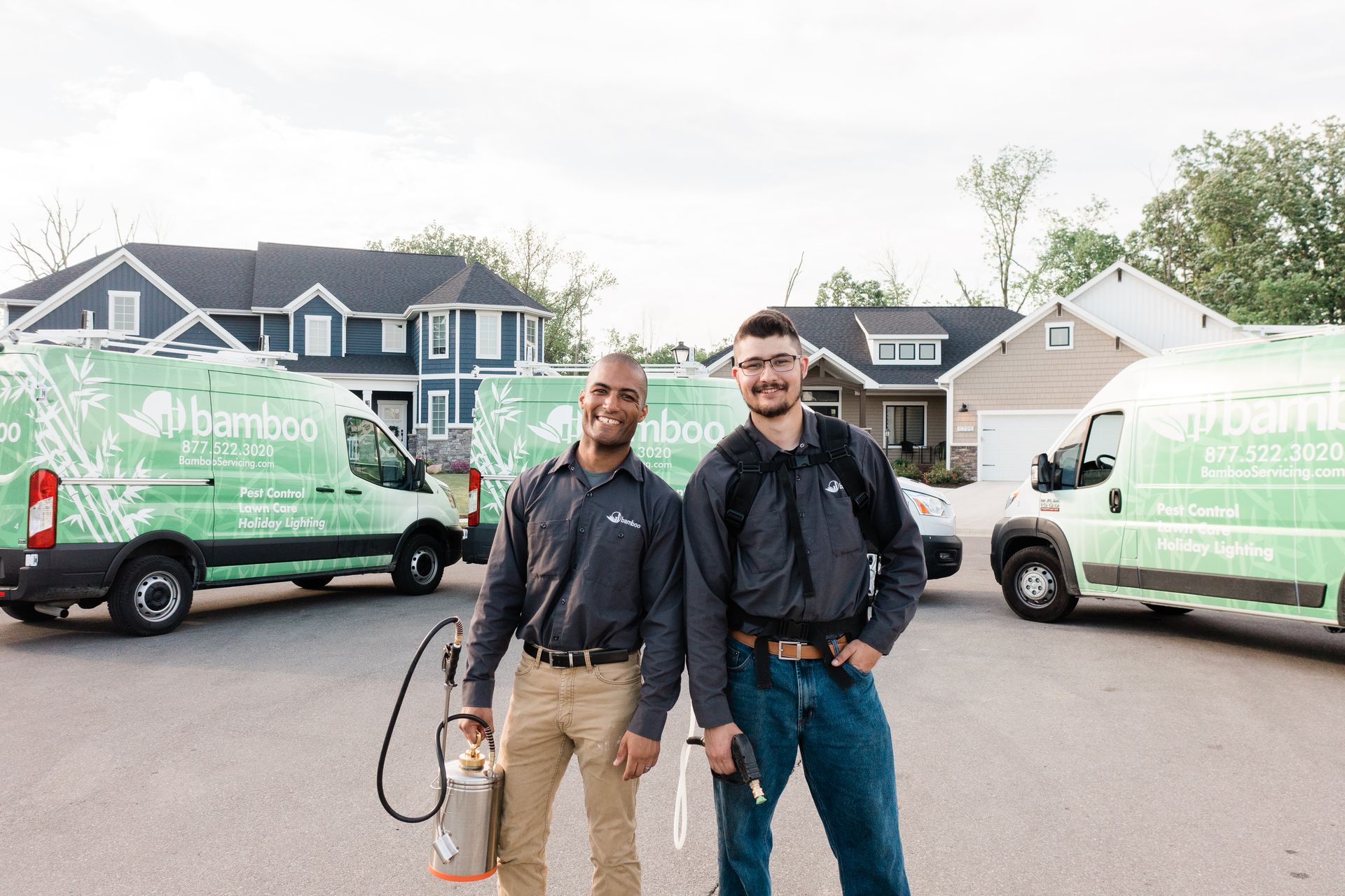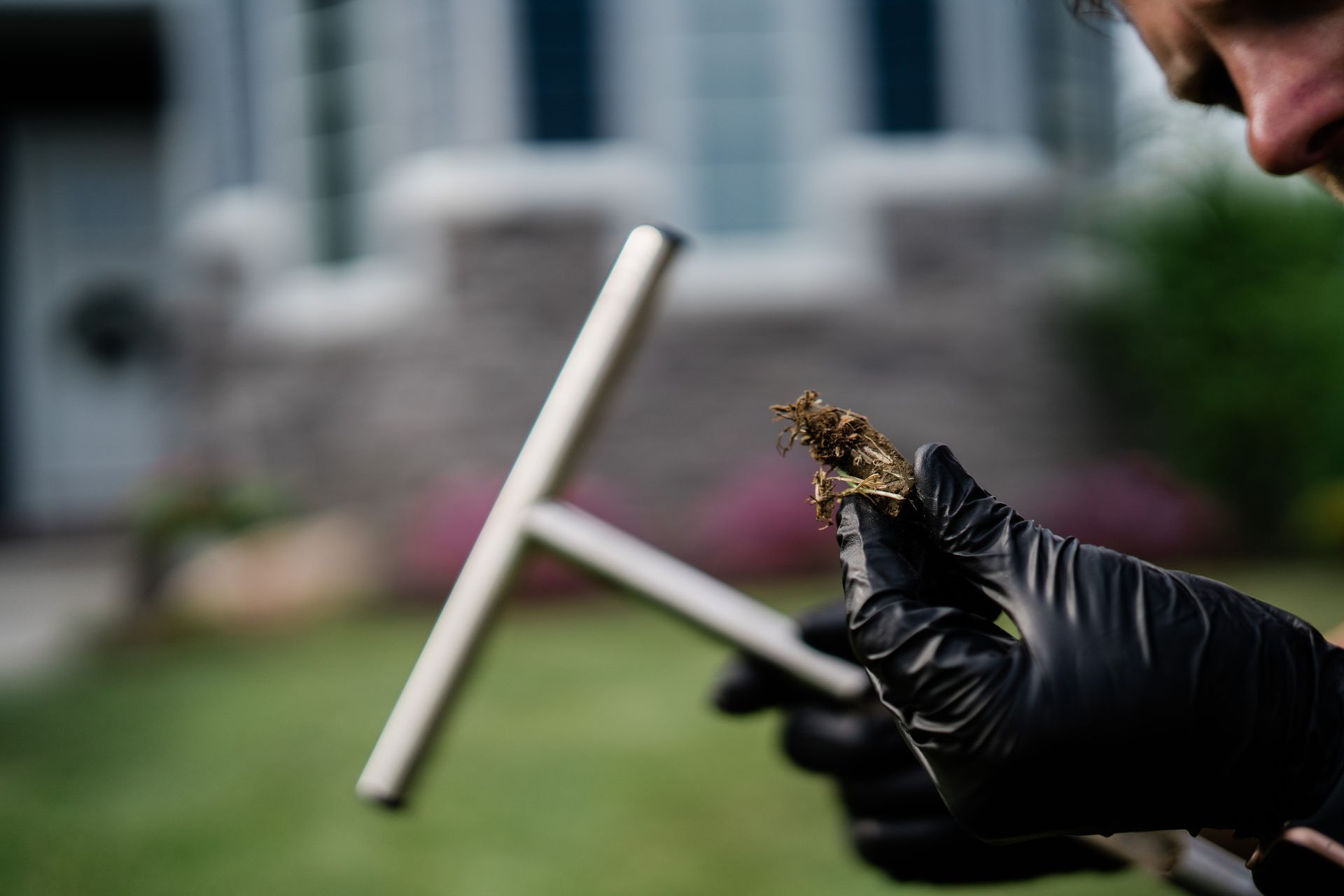How Long Should I Stay Out of the House After Pest Control?
When can you enter the house after a pest control treatment?
After scheduling a
pest control service, many homeowners wonder, “How long should I stay out of the house?” The answer can vary depending on the type of treatment used, the chemicals applied, and the specific pests being targeted. However, understanding the general guidelines will help you make informed decisions to ensure your safety and the effectiveness of the pest control treatment.
Ask Your Technician About Re-entry Time
Before the pest control service begins, it’s always wise to ask your technician how long you should stay out of the house. This is a common question that sometimes gets overlooked but is crucial for your safety. Depending on the type of service, some treatments may allow you to re-enter within 15-30 minutes, while others may require you to stay out for a few hours or even a full day. Always check with your technician so you can plan accordingly.
For lighter treatments, such as basic insect sprays, the chemicals typically dry within a short time—usually under 30 minutes. However, more intense treatments, such as fumigation or tick control, may require you to stay out for several hours or until the pest control products have completely dried. In rare cases, especially with strong chemicals or low ventilation, you may need to wait up to 24 hours.
Chemical Drying Time is Important
One of the most important factors determining when it’s safe to return home is the chemical drying time. Pest control treatments rely on the chemicals bonding to surfaces to effectively combat pests, and until those chemicals are fully dry, it’s important to stay out of the treated areas. For most standard pest control services, you should wait 2-4 hours, allowing the chemicals to dry completely and do their job without interference.
If your pest control service uses stronger chemicals, you may be advised to stay out longer. This is especially true in areas of the house that are poorly ventilated, where chemicals might take more time to dissipate. When in doubt, ask your technician for guidance. They’ll know the exact products used and can give you the best advice for your specific situation.
The Type of Pest Control Treatment Matters
The type of treatment applied also plays a big role in how long you should stay out. For example, basic spray treatments for common pests like ants, cockroaches, or spiders typically allow you to re-enter after just a few hours. However, more extensive treatments like fumigation require much more time. In the case of fumigation, you may need to stay out for at least 24-48 hours to allow the gases to dissipate and ensure that the home is safe to enter.
Tick and flea treatments can also require extended wait times, particularly if the infestation is severe. Since these pests can burrow into carpets and furniture, the treatment needs time to penetrate the surfaces and dry fully.
Ventilation Can Speed Up the Process
If you’re eager to return home, improving ventilation can help. Opening windows and using fans can speed up the drying process, helping chemicals dissipate faster and making your home safer to return to sooner. Proper ventilation also reduces the risk of chemical inhalation or respiratory irritation. This step is particularly important in rooms that are treated heavily, such as kitchens or basements.
If you or someone in your household has respiratory issues, like asthma, keeping the home well-ventilated post-treatment is crucial. This can reduce the risk of any lingering irritants affecting air quality, even after the chemicals have dried.
Extra Precautions for Sensitive Groups
Certain groups of people may need to take extra precautions when it comes to pest control treatments. If you have young children, elderly family members, pregnant women, or individuals with pre-existing health conditions in your home, you may need to extend the time they stay out of the house. These individuals are often more sensitive to chemical exposures, even if the chemicals are deemed safe for general use.
For pregnant women, particularly those in their first or third trimester, it’s advisable to wait longer before re-entering the home. Similarly, people with respiratory conditions such as asthma or allergies should exercise caution and allow additional time for the chemicals to completely dissipate.
Follow-Up Care and Cleaning
Once your home is safe to re-enter, it’s important to take a few extra steps to ensure the pest control treatment remains effective. Start by cleaning any surfaces that may have been exposed to chemicals. Wipe down countertops, mop floors, and vacuum carpets to remove any lingering pesticide residue. However, avoid doing this immediately after the treatment. Ask your pest control technician how long you should wait before cleaning, as this varies depending on the type of treatment.
Monitor Pest Activity After Treatment
It’s common to notice increased pest activity after a treatment as pests are forced out of their hiding spots. This is a normal part of the process and indicates that the chemicals are working. Over time, this activity should decrease. If the problem persists or you notice pests returning, it may be necessary to schedule a follow-up treatment to fully eradicate the issue.
Final Thoughts on Pest Control Safety
The key to ensuring your safety and the effectiveness of pest control treatments is to communicate clearly with your technician and follow their instructions carefully. Whether you’re dealing with a minor pest problem or a more serious infestation, staying informed about how long to stay out of the house and when it’s safe to return will help you maintain a healthy, pest-free environment for you and your family.
Want To Learn More? Contact Us
By taking the right precautions and following your technician’s advice, you can confidently enjoy the benefits of a thorough pest control service without worrying about the safety of your home.
Contact us here at Bamboo Pest Control of Kirkland for more information about our pest control services.
Like this post? Share it here...






